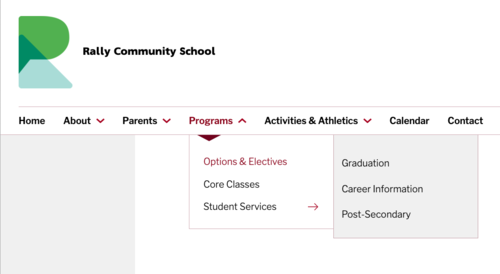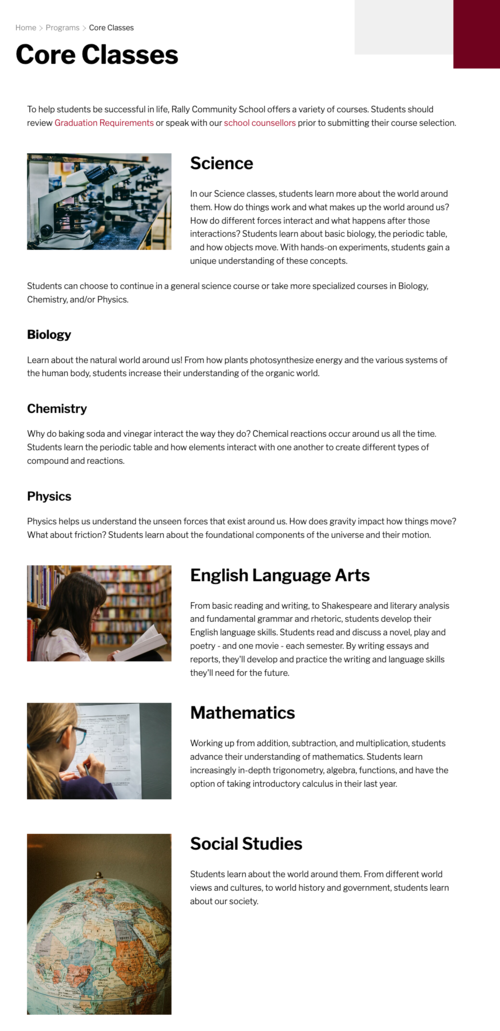
In K-12 education, maintaining an effective online presence is paramount. Parents and students rely on your school district websites for information, but how you present your content has a huge impact on how much these users will trust your website. Your school website should make it easy for users to find the information they need - and we’re here to show you how! If it’s easy for users to find the information they need, they’ll keep coming back to your website making it easier to share information with them.

Provide Clear and Simple Navigation Labels
Use clear and straightforward page titles and headings that accurately represent the content within each section to keep your website user-friendly and aligned with the needs of your school community. Use language that is straightforward, familiar, and easily understandable by a diverse audience. Remember, some parents may not speak English or be familiar with your school, so keeping language clear and free of jargon eliminates confusion and reduces the likelihood of users getting lost on your website. Instead, opt for labels that convey the content accurately and inclusively. For instance, use "Student Resources" instead of terms like "Learning Hub" or "Knowledge Center."
Keeping your page names or headings consistent across different pages (when appropriate) establishes a predictable pattern for users, enabling them to quickly understand how the website is organized. When users encounter familiar terms in various areas, it reinforces their understanding of the website's structure and helps them trust your website more.
To ensure that parents and students can easily find what they’re looking for, your website’s navigation needs to be clear and easy for them to understand. Start with organizing your website’s menu with broad pages, then narrowing down into more specific subpages. Organize your content and make use of text styles to ensure your content is easy for all users to navigate through. These strategies ensure a user-friendly and informative experience for your website users.

